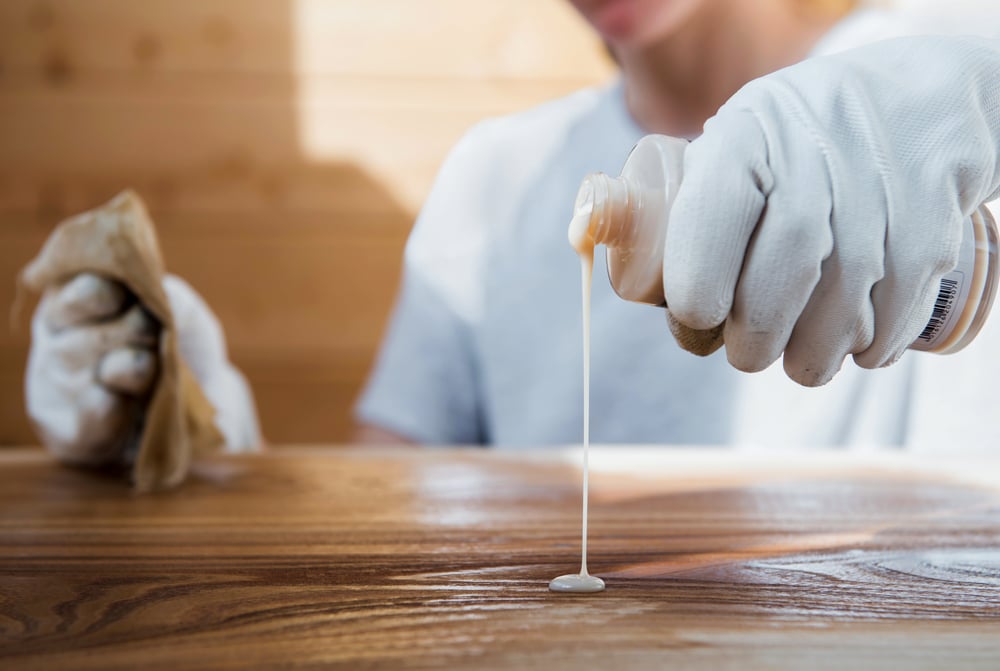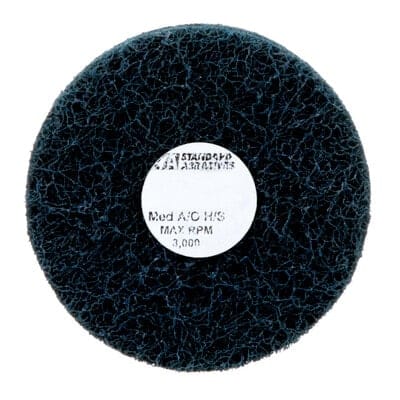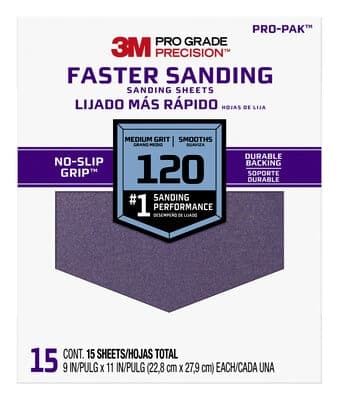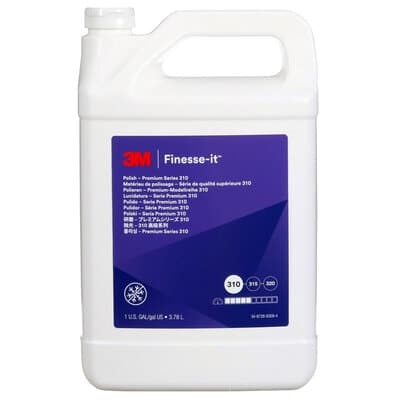
The Art of Polishing: Techniques for Different Materials
September 26, 2024Polishing is essential in various industries, from manufacturing to construction. However, different materials require specialized techniques to achieve the best results. The right tools and techniques are crucial for optimizing polishing efforts.
This post explores effective polishing methods for different materials, helping you achieve a flawless finish.
Metal Polishing Techniques
Metals require frequent polishing to enhance their aesthetic appeal and functionality. Proper polishing not only improves appearance but also provides corrosion resistance and durability.
- Preparation: Clean metal surfaces thoroughly to remove dust, grease, and other contaminants. Degreasing agents can help with heavily soiled metals.
- Initial Sanding: Use sandpaper or abrasive pads to smooth out surface irregularities. Start with a coarse grit and progressively move to finer grits for a smoother surface.
- Buffing Compound: Apply a buffing compound designed for metal, such as tripoli or rouge. These compounds come in bars or pastes spread onto a buffing wheel.
- Buffing Wheel: Use a high-speed buffing wheel to apply the compound. Buffing creates friction that smooths and polishes the metal surface. Move the wheel in overlapping, circular motions to prevent uneven polishing.
- Final Touch: Finish with a metal polish or wax for added protection and shine.
Soft metals like aluminum can scratch easily, so using lighter pressure during the buffing stage is crucial. In contrast, harder metals like stainless steel can withstand more pressure but require greater care to avoid burnishing.
Wood Polishing Techniques

Polishing wood is a common practice in both furniture production and interior finishing. The goal is to highlight the grain, protect the wood from environmental damage, and provide a smooth, glossy surface.
- Surface Preparation: Begin by sanding the wood to smooth out any imperfections. Start with a medium-grit sandpaper and move to a finer grit as you progress.
- Apply Wood Polish or Oil: Depending on the desired finish, use either a polishing compound, oil, or wax. Oils like linseed or tung oil penetrate the wood’s surface, providing a deep, natural sheen, while wax creates a protective outer layer.
- Buffing the Wood: After applying the polish, allow it to absorb, then use a clean, soft cloth or a buffing machine to buff the surface. Move in the direction of the grain for the best results.
- Sealing for Protection: For long-lasting results, seal the polished surface with a lacquer, polyurethane, or shellac. This step locks in the polished finish and protects against future wear and tear.
Plastic Polishing Techniques
Polishing plastic surfaces is a delicate process, especially since plastic can scratch easily and overheat during polishing. However, it restores transparency and smoothness to materials like acrylic, polycarbonate, and other synthetic plastics when done correctly.
- Initial Sanding: Sand the plastic using wet/dry sandpaper. Begin with a lower grit and move to finer grits. Wet sanding helps reduce heat and prevents deep scratches.
- Polishing Compound: Use a plastic polishing compound to remove micro-scratches and imperfections.
- Buffing: Attach a foam or microfiber pad to a low-speed rotary tool. Avoid excessive pressure or high-speed buffing, as they can melt or warp the plastic.
- Final Polish: After buffing, apply a plastic protectant to help reduce static and dust buildup.
Stone and Marble Polishing Techniques
Stone surfaces like marble, granite, and terrazzo are commonly polished to achieve a glossy, reflective finish. However, due to the natural variation in stone hardness, different techniques are necessary for various types of stone.
- Clean the Surface: As with other materials, cleaning the surface is crucial. Dirt and debris can lead to scratches or dullness during polishing.
- Diamond Abrasive Pads: Use diamond-impregnated abrasive pads to sand and polish the stone. These pads are designed specifically for the hardness of stone materials and come in various grit levels.
- Polishing Powder or Compound: Apply a stone-specific polishing powder or compound. These products are often mixed with water to form a paste and then applied to the stone with a low-speed polisher.
- Buff and Seal: Buff the stone to a high gloss and apply a stone sealant for long-term protection against water, oil, and stains.
Conclusion
Polishing is both a science and an art, requiring the right tools, techniques, and attention to detail. Whatever material you’re working with, following the proper techniques will help you achieve the smooth, flawless results you’re after.
At JAM Industrial Supply, we provide a range of high-quality abrasives and polishing products that cater to different materials, ensuring your projects achieve the highest finishing standards. Contact us today for more information on our polishing solutions!




